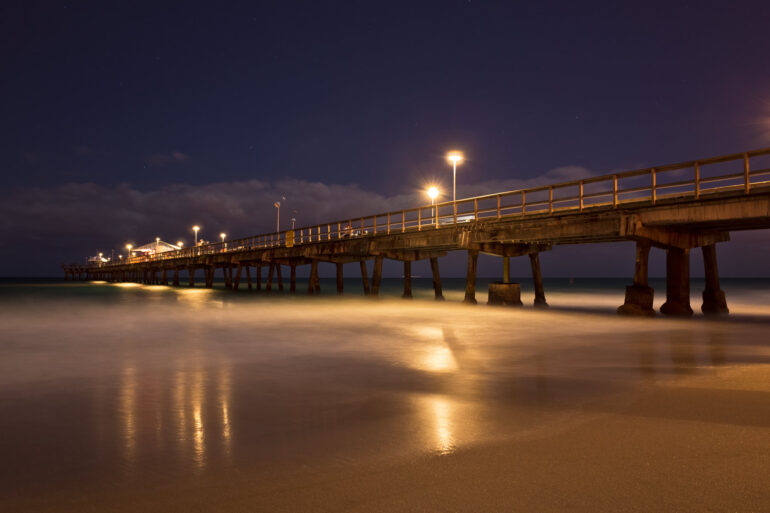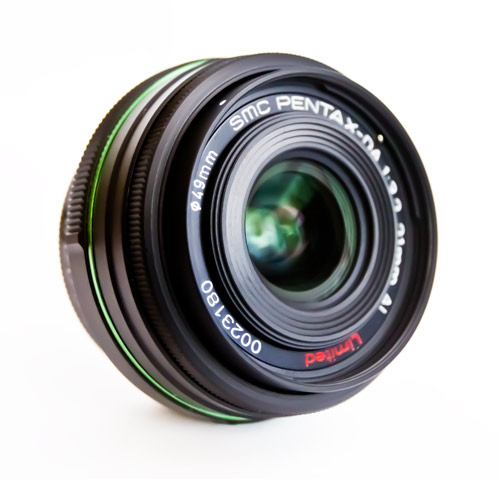We may earn a commission when you purchase through affiliate links. Learn more.
You don’t need to break the bank to get a great digital camera these days, but they are still pricey and it pays to do your research before buying — lots of it! When you’re ready to buy, check out our guide to where to buy your camera from to learn how to make sure you don’t waste your time with any scams and deals that are just too good to be true.
On this page we’re going to share some things you should know when looking for your first digital camera, or even your 10th digital camera!
Sensor Size Matters!
When shopping for digital cameras you will often see different sensor sizes mentioned such as APS-C, full frame, four-thirds, and others — learn what they mean in our lesson about sensor size and crop factor. You’ll also see the types of sensors mentioned — either CCD or CMOS sensors. Both are slightly different in how they work, but there is no practical difference in discernable photo quality.
The Canon EOS 7D Mark II uses a 20.2 megapixel APS-C CMOS sensor, which is smaller than the full frame sensor’s found in cameras like the Canon EOS 5DS or Nikon D810, but still much larger than the smaller sensors found in most consumer point and shoot cameras. Since the APS-C size sensor is smaller than a full frame sensor, the field of view is changed and we’ll need to multiply it’s crop factor of 1.6X by the focal length of any lenses we want to use to calculate the equivalent focal length, meaning that the Canon EF-S 18-135mm lens shown on the 7D Mark II actually has an equivalent focal range of 29mm-216mm.
Don’t Make Decisions Based on Megapixels!
Camera manufacturers love to impress people with ever increasing megapixel counts. The truth of the matter is that more megapixels do not always mean better photos, especially when the majority of consumers only view photos on their computers or print them at small print sizes.
Even an 8.2 megapixel Canon 20D, released more than a decade ago in 2004 was capable of taking photos that could be printed at high quality larger than 11×14 inches. While many people base their purchasing decisions on the megapixel count, few will ever find themselves needing the huge files that most modern digital cameras produce.
While having more megapixels doesn’t necessarily translate into better photos, it does give you more freedom when you are cropping your images. When possible, you should carefully compose your shot before taking it so that you can minimize cropping later…but when it’s unavoidable, having a larger image to crop means that the smaller final image can be printed or displayed at a higher resolution. More megapixels means larger file sizes, which means you will need plenty of hard drive space on your computer and a big enough memory card.

Don’t Overlook Advanced Compact Cameras
Mirrorless and DSLR cameras are the most popular cameras for photography enthusiasts, but even if you’re serious about your photography, you shouldn’t overlook the capabilities of advanced compact cameras.
Many modern advanced compact cameras have large sensors — sometimes even the same APS-C size sensors you can find on most entry level and prosumer DSLR & mirrorless cameras. While you can use these advanced compacts in full auto mode, they also offer the ability to shoot in manual mode, giving you control over everything from ISO to shutter speed and aperture.
Even though the interchangeable lenses that can be used on mirrorless and DSLR cameras are great, many amateur photographers find themselves only using one or two lenses most of the time. If you want to learn all the basics of photography, but don’t want a larger camera body to carry around, an advanced compact might be a great option to consider.
Digital cameras with advanced controls range in price from a few hundred to several thousand dollars. Although the camera ads and commercials do a great job of luring consumers in and convincing them to buy the latest and most expensive camera technology, newcomers to digital photography are usually better off with one of the more affordable entry-level cameras.
These less expensive cameras will not only save you money, but they will serve as a great learning platform for you to master the basics of exposure and manual shooting on while still giving you excellent image quality. Printed at 11×14 or viewed on the web, virtually no one can differentiate between a photo taken using the same exposure settings by an advanced compact, mirrorless, or DSLR camera under $1000 and a professional level camera that costs more than $5000. While there are benefits to using a professional level digital camera, these benefits are generally of no use to beginning photographers, so why spend thousands more on features you really don’t need?
A general rule of thumb to keep in mind: If you don’t know what a feature is or how to use it properly, you don’t need it! Ignore the ads which try to convince you that without the latest features, your photos won’t measure up.
Upgrade your camera when you need to, not simply when a newer model is released. Many photographers are still happily clicking away, capturing world-class images using digital cameras they bought many years ago. Ask yourself honestly whether you’re using 100% of your current camera’s full potential before you consider upgrading to a newer model.
If you’re using an interchangeable lens camera and feel an urge to spend more money, before you upgrade cameras, considering investing in better lenses. While most digital cameras are replaced after a few years, quality lenses are a long term investment in your photography that you can continue to use for many, many years as long as you stay with that camera system.
Start with a few good lenses, buying the best ones that you can afford. Affordable cameras like the Canon SL1 can take great photos with great lenses, but even expensive cameras will be limited by cheap lenses. The light that makes your images what they are needs to pass through your lens first, so make sure the glass it goes through is the best. Be sure to read our guide on how pick the best lens on a budget!

